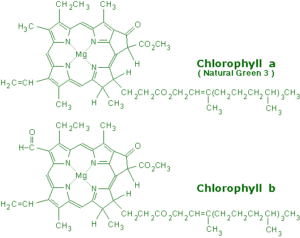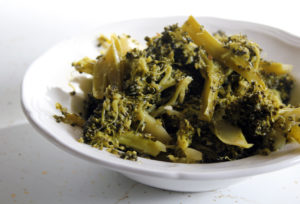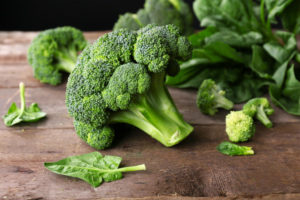
(Can you spot the difference?)
Implementing plant-based diet to my personal life was an economical decision that pairs with my curiosity for its benefit to triathlon training. Becoming a plant-based chef is a lifelong resolution in learning how to cook the most misunderstood category of food – plants and vegetables.
Most of the professional kitchen is set up to have vegetable cooks (entremetier) working under the meat/fish cooks, who are usually senior to all the staff. Proteins are more expensive; therefore, only experienced chefs are allowed to cook them. After working in numerous world class kitchens, I start to question the tradition of the chain of command; does a senior cook have to be cooking a piece of meat or fish? Or, can a restaurant succeed if proteins are used as garnishes only?
I remember a cook once told me that vegetables are more forgiving; therefore, vegetable cookery is the training ground to build fundamentals. Very true to the latter part, but to its “more forgiving” nature than animal proteins, I say bullshit…based on my own frustration in keeping vegetables’ integrity and flavors when I put them on flames.

(some very overcooked broccoli)
No bull, green vegetables are incredibly hard to handle. Green vegetables are of their color because of chlorophyll, molecules that absorb sunlight and undergo photosynthetic system to become sugar. When green vegetables are heated, gases trapped between cells expand and escape; therefore, we see chloroplast, the green pigment, more clearly. However, prolonged cooking and acidity are the main culprit to the loss of the green pigment. Green vegetables are susceptible to dull colors from its exposure to acidity during cooking. When green vegetables are heated, their cell membranes around chloroplast are damaged; natural acidity leaks out and replaces magnesium ions with hydrogen, a change that turns colorful green pigment to grayish-green or yellow (stop there…getting too scientific). The moral lesson here is that most of the green vegetables should be cooked quickly and swiftly, but long enough to help pocket of gases collapse inside the cells and make the green color more apparent, and appealing to the diners.

(I like my broccoli blanched in boiling water for 30 seconds…no more, no less, and saute the cooked broccoli on high heat for 30 seconds more with chopped garlic and black pepper – my credential to a great uncle-hood)
To how long should you be cooking green vegetables…somewhere between 3 to 5 minutes, or even less, depending on your preference for their texture, in an appropriate size of pot and a more alkaline condition, with temperature at boiling point (that might just be another conversation).
2 replies on “MIND OF A CHEF: CHLOROPHYLL”
Proud of you, Reggie!
Thanks so much Chef Reggie for your information about cooking green vegetables! I have often wondered how long I should cook my veggies. I really appreciate the science behind it. Learned so much from your post!